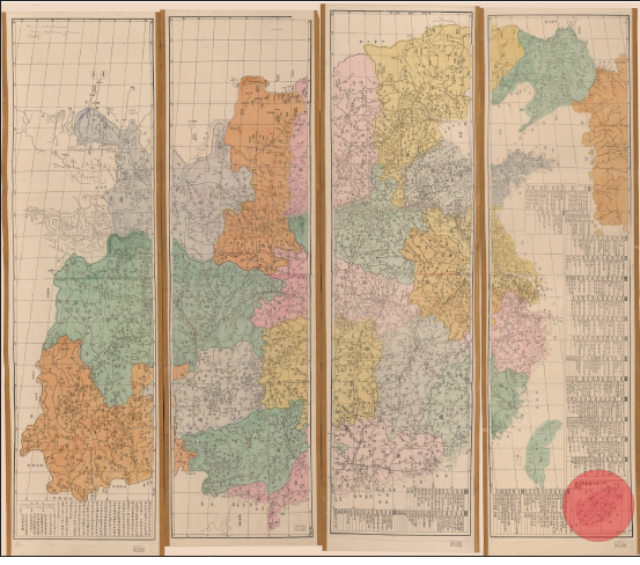SUMMARY
This is AI generated summarization, which may have errors. For context, always refer to the full article.

MANILA, Philippines – Debunking China’s “historical lies” about its claims over the South China Sea, a Philippine Supreme Court (SC) justice used China’s favorite pieces of evidence – its ancient maps – against the Asian giant itself.
In a speech at the De La Salle University in Manila on Friday, June 6, Senior Associate Justice Antonio Carpio of the Philippine Supreme Court said China’s ancient maps dating back to 960 AD show that its territory “never included” the Spratly Islands and Scarborough Shoal in the West Philippine Sea – portions of the South China Sea claimed by the Philippines.
Carpio pointed out that both official and unofficial maps show that China’s southernmost territory “has always been Hainan Island.”
“There is not a single ancient Chinese map, whether made by Chinese or foreigners, showing that the Spratlys and Scarborough Shoal were ever part of Chinese territory. To repeat, in all these ancient Chinese maps, the southernmost Chinese territory has always been Hainan Island,” Carpio said.
No bearing on sea disputes
China has cited its so-called historical rights to uphold its 9-dash line, a demarcation it uses to claim virtually the entire South China Sea.
“Even if true,” however, Carpio said these historical rights have no bearing on maritime disputes under the United Nations Convention on the Law of the Sea (UNCLOS).
The Philippines invokes UNCLOS in its historic case against China over the South China Sea. (READ: Tribunal orders China to answer PH pleading)
(View his full presentation below)
Carpio explained that the UNCLOS “extinguished all historical rights of other states” within the 200 nautical mile exclusive economic zone (EEZ) of the adjacent coastal state.
The EEZ is an area 200 nautical miles from a coastal state’s baselines, or edges, within which the state has the sovereign rights to explore and exploit, and conserve and manage natural resources, among others.
Nothing ‘historical’ nor ‘right’
“Historical rights have no place in the South China Sea,” Carpio said.
He addded: “Clearly, there is nothing ‘historical’ or ‘right’ about China’s 9-dashed line claim. The 9-dashed line claim is based not on historical facts but on historical lies.”
On the other hand, he said, “numerous ancient maps made by Westerners, and later by Philippine authorities, consistently showed that Scarborough Shoal, a.k.a. Panacot and Bajo de Masinloc, has always been part of Philippine territory.”
“China has no historical link whatsoever to Scarborough Shoal,” the justice said. “The rocks of Scarborough Shoal were never bequeathed to the present generation of Chinese by their ancestors because their ancestors never owned these rocks in the first place.” (READ: Scarborough Shoal according to Manila, Beijing)
Carpio, who has written and spoken extensively about the South China Sea, earlier said the maritime dispute between the Philippines and China will be an “acid test” for international law. (READ: What’s at stake in our case against China) – Rappler.com
Add a comment
How does this make you feel?
There are no comments yet. Add your comment to start the conversation.